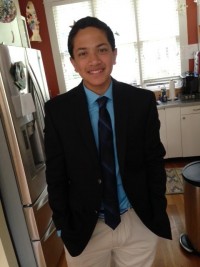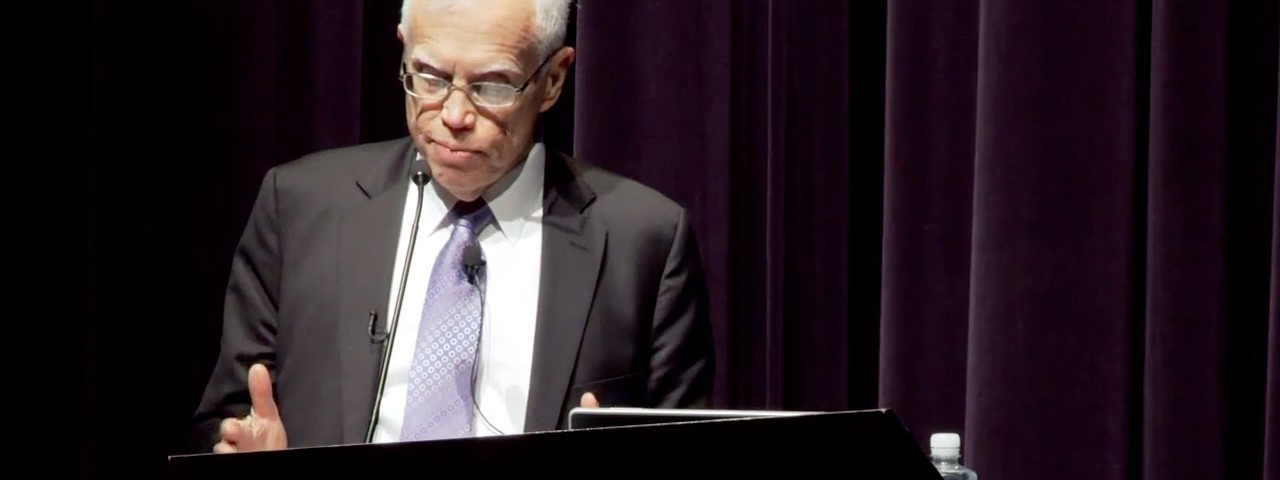Teen Project Sheds Light on the First Years
- Tweet

On the day of the “Live Museum,” for which students were asked to represent an historical character, Albert Einstein, Martin Luther King, Jr., Galileo, and Anne Frank were all in attendance. But Max Adelman, a rising 8th grader at the Lausanne Collegiate School, chose to be James Heckman.
Investments in children don't need to be complex! Tweet this!A 70-year-old economist at the University of Chicago, Dr. Heckman has conducted research that informs much of the work at The Urban Child Institute (UCI). Through what is known as the Heckman Curve and the Heckman Equation, he has proposed the idea that the earlier you invest in a child, the higher the return on your investment will be.
 Although perhaps not known in classrooms across the country, the Nobel Prize winner is well known to Max, who, following the Live Museum at his school, gave a presentation about Dr. Heckman to the staff of UCI.
Although perhaps not known in classrooms across the country, the Nobel Prize winner is well known to Max, who, following the Live Museum at his school, gave a presentation about Dr. Heckman to the staff of UCI.“I find [Dr. Heckman’s work] interesting —actually, compelling— because it just shows such a strong argument for investing early in a child,” says Max. “I didn’t know about this concept before I chose him for my project, but after I learned about it, it made a lot of sense. I had just never thought about it in the past.”
Investments in Children Don't Need to be Complex
While his classmates, according to Max, were not quite as interested in his presentation at school, the parents certainly were. And well they should be. The early investments in children to which Heckman refers can be as simple as talking to a child or just holding him.
“There has been so much research that shows that the more parents interact with their children, the better off they’ll be,” says Max. “Instead of putting a child in front of the TV, parents should take time out of their day to sit down a read a book with their child or solve a puzzle—and just have fun with it.”
In the Heckman Equation, Invest + Develop + Sustain = Gain, activities such as reading or solving puzzles with children constitute the development of their cognitive and social skills. Investing in educational resources and sustaining effective education through adulthood leads to the gain of a more productive and valuable workforce for the future. Although the formula seems simple, it could be the key to a much healthier city.
Investments Can Improve the Future of Our Community
“The same problems have been in the community for a long time—like crime or drugs, for example—and people haven’t really thought about investing earlier in their children as a solution to these problems,” says Max. “I think that as people are looking for answers, they are finding Dr. Heckman’s research and it’s becoming more relevant in the community today.”
For his project, Max actually got in touch with Professor Heckman.
“I didn’t think he would email back because he’s so popular but he did right away,” says Max. “I learned more about the Heckman Curve and Equation and I think he really explained it to me better than the computer or any graph could.”
When Max informed Dr. Heckman that he would be dressing up as him for the Live Museum at school, he gained one more important insight.
“A tie always impresses,” he was advised.
